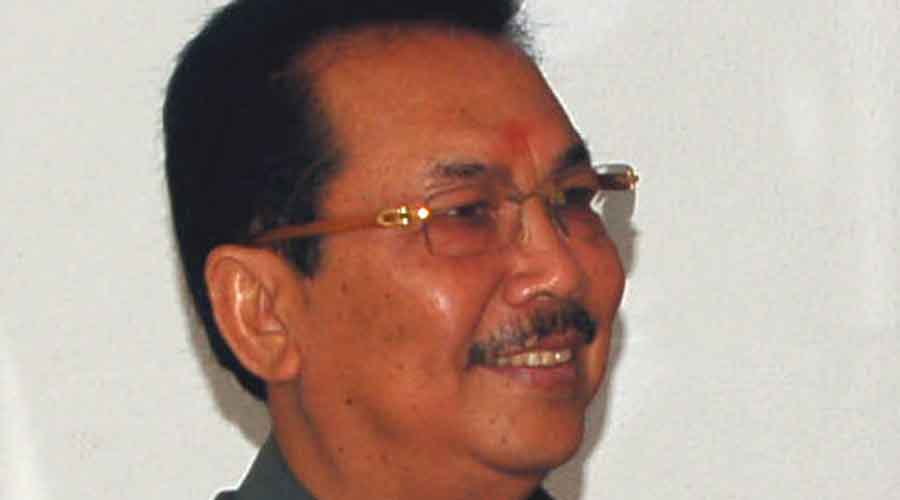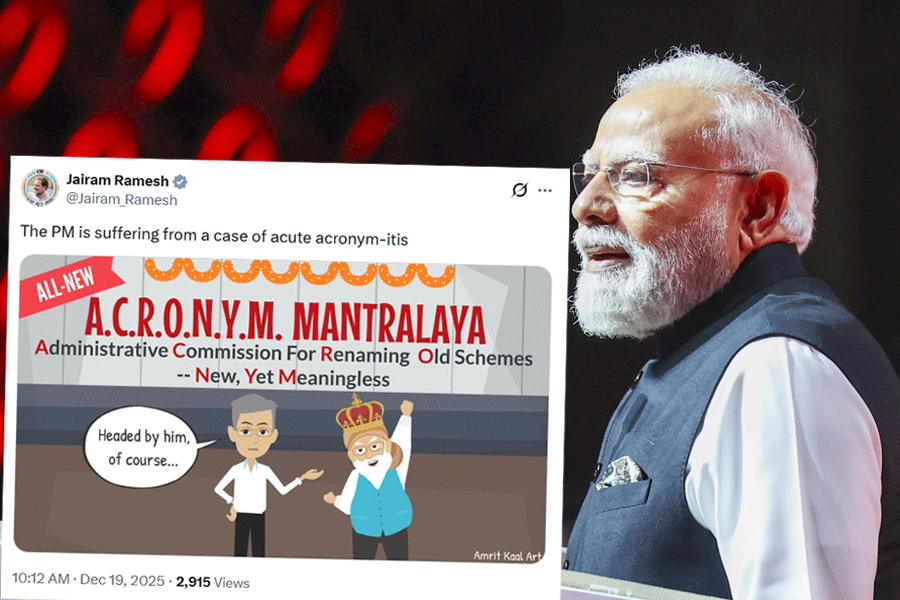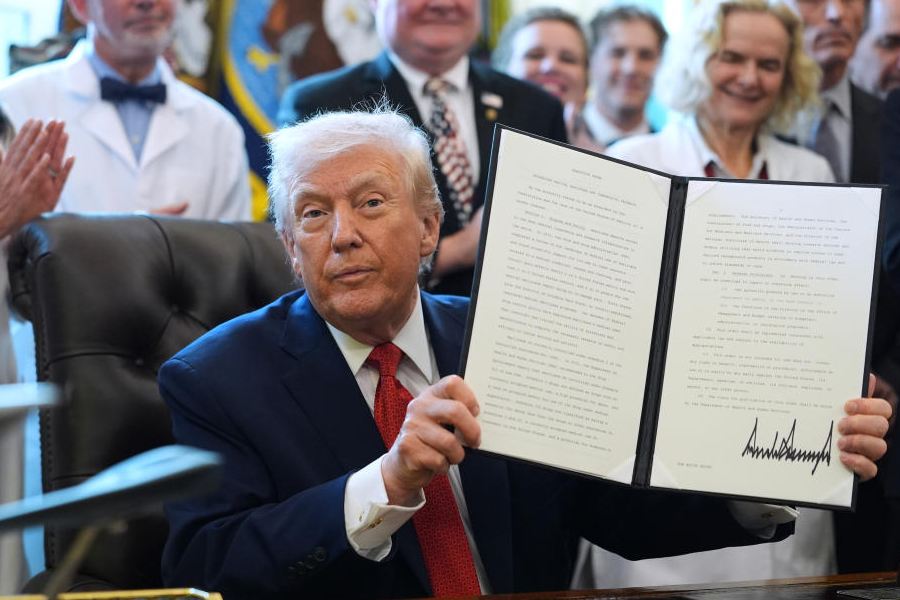The BJP-led Arunachal Pradesh government has taken up a comprehensive project to develop its border villages to mitigate the issue of migration to urban centres.
Presenting the annual budget for 2022-23 which focuses on improving e-governance, protection from climate change and development of border areas, deputy chief minister and finance minister Chowna Mein said on Monday that the government was committed to developing border villages and creating livelihood opportunities.
Mein said: “The state government has taken up a comprehensive project to strengthen infrastructure in border villages to mitigate the issue of migration to urban centres. We have submitted a Rs 4,000-crore proposal to the Union home ministry as part of the plan. The project aims at building roads, health centres and educational institutions, besides electrifying villages, and augmenting water supply.
He said one third of the state’s population (around 16 lakh) lives in remote border areas covering half of its geographical area (83,743 sqkm), guarding the frontiers along with the armed forces.
Besides Assam and Nagaland, Arunachal Pradesh also shares its border with China (1,080km), which claims it to be a part of South Tibet, Myanmar (440km) and Bhutan (160km). Twelve of its 25 districts border China. Underdevelopment often sees people from the border villages move to nearest urban areas in search of a better life. In comparison, the Chinese border is well developed.
Recalling his last budget speech wherein he had dwelt on developing model villages in the border areas on a pilot basis, Mein said: “We had a series of consultations with the stakeholders including the Government of India and now the template is ready to begin work. I propose to make an allocation of Rs 25 crore for integrated development of border villages over and above normal allocations under the Border Area Development Programme.”
There was more. In order to provide reliable power to the border villages, the government has launched the ‘Golden Jubilee Border Village Illumination Programme’ with a mission to construct 50 micro-hydel projects in remote border villages. The first phase will include 17 projects costing Rs 50 crore covering 218 villages.
Mein said the government has also sanctioned Rs 16 crore for providing 6,000 streetlights in 700 villages in border villages. He also spoke about the solar electrification of eight remote villages in the Tali circle in Kra Daadi district, taking up repairs of foot suspension bridges in border areas, mostly used by the Border Guarding Forces.
Responses to climate change was also a major focus of the budget.
“With the adoption of the ‘Pakke Tiger Reserve 2047 Declaration on Climate Change Resilient and Responsive Arunachal Pradesh’ we have displayed our firm commitment to take needed technical, administrative and financial steps to mitigate and address adverse impacts of climate change and usher in ‘green’ development,” Mein said.
Towards this end, the government has “envisaged” a multi-sectoral coordinated approach towards low emission and climate-resilient development. For ensuring proper coordination and monitoring of various departmental action plans, we are pleased to create a ‘Pakke Tiger Reserve Declaration’ Cell. The departments concerned would be encouraged to take initiatives under Pakke Declaration adopted last year by the government.
“For example, the health department is taking initiatives such as solar roof top power systems, tele-medicine and medicine from the sky for which I propose to allocate Rs 50 lakh each. The transport department would be introducing electric buses, the power department would be installing smart pre-paid metres and the forest department would implement climate resilient forestry,” Mein said.
He proposed the establishment of three new Biodiversity Conservation and Development Areas at Pasighat, Tawang and Ziro and four butterfly parks Pakke, Namdapha, Ziro and Pasighat respectively because butterflies are “indicators of the health of any ecosystem”.
Mein also said the government has decided to observe 2022-23 as year of e-governance. “We will take up 22 e-governance projects to commemorate the year 2022. These projects covering government-to-government and government-to-citizen interfaces, once implemented, would bring in Total quality management concept in governance,” he said.
In the Budget Estimate of 2022-23, the Capital Expenditure including loan components is estimated at Rs 7,507.81crore as against Budget Estimates of Rs 6,968.68 Cr in 2021-22, which is an increase of 7.74%. The capital expenditure is estimated at Rs. 8,014.01 Cr in Revised Estimates of 2021-22.
“ The focus of the Government has been and will be on increasing capital expenditure to create socially and economically productive assets foraccelerated development of the State,” Mein said, adding the fiscal deficit has been pegged at an estimated 2.20 per cent of GSDP.











